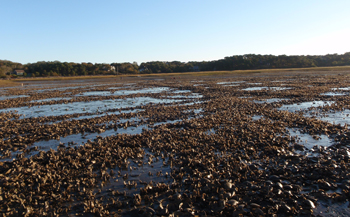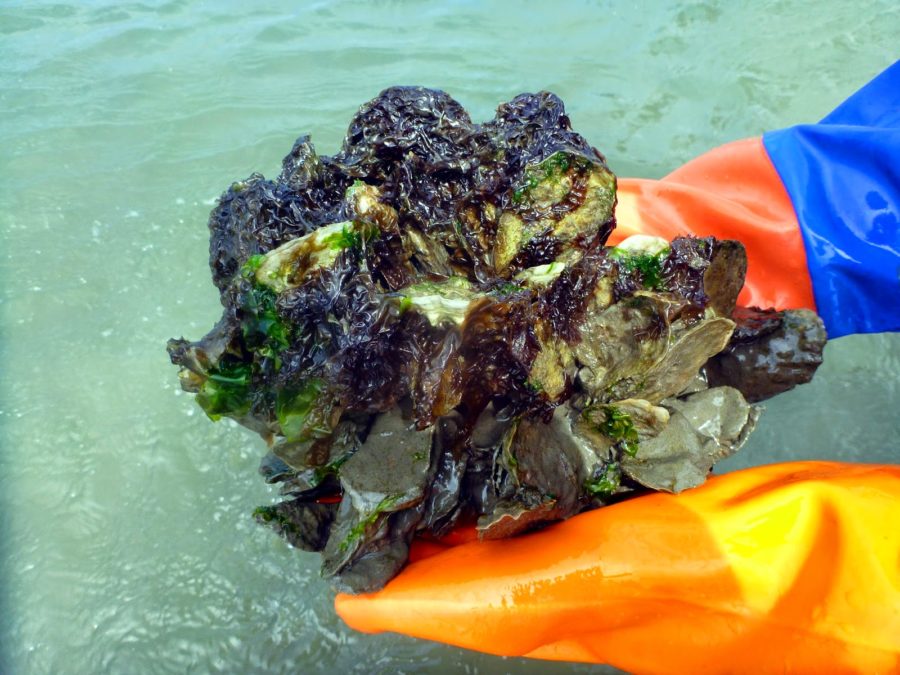

Nature gave oysters two sets of chromosomes, but scientists developed techniques for packing oysters with three sets of chromosomes (triploids). Triploid oysters are sterile oysters that cannot reproduce but can grow much faster than natural (or diploid) oysters. This form of farming requires a Water Column Lease. Off-bottom or water-column culture is the practice of using cages, bags, or floats to hold oysters in the water rather than on the bottom for most of their growout stages. More than 80 percent of current leases for oyster farming in Maryland are for bottom culture. This type of farming requires a Submerged Land Lease. They produce nicely cupped oysters for the half-shell trade.īottom culture is the term for growing oysters by planting shell to catch natural spat set or spat-on-shell along the bottom of the Bay. They are typically grown out in cages, bags, or floats which can protect them from predators like blue crabs or cownose rays. Seed oysters can take the form of multiple spat-on-shell or they can take the form of one spat attached to one tiny chip of a shell.Ĭultchless oysters are created when spat attach to a single small chip of shell. Larval settlement and spat recovery rates of the oyster Crassostrea brasiliana (Lamarck, 1819) using different systems to induce metamorphosis/Taxas de. The tanks hold shucked shell that has been cleaned and aged and is ready for setting. Remote setting tanks allow farmers to create seed oysters by putting larvae spawned in hatcheries into tanks located on land near their lease grounds. Crassostrea belcheri, were evaluated in three trials in. Shells with a lot of spat can be moved and planted on the bottom as seed oysters. The effects of substrate conditioning on larval settlement and growth of spat of the cupped oyster. Spat-on-shell results when spat attach to shells. Oyster shell is the most commonly used cultch, but almost anything hard will work and has, including sticks and bushes, balls, and pieces of concrete from old bridges and ballpark structures. Once they set and stick they become baby oysters and are called spat.Ĭultch is any kind of hard material or substrate that oyster larvae can use for settlement. Oyster recruitment was monitored in Karantina Island near Izmir, Turkey, from May to October 1999.

Spat set results when free-swimming planktonic larvae undergo metamorphosis and settle on to some kind of hard substrate, usually an oyster shell. Larvae are the free-swimming organisms created by spawning. The 2011 oyster spatfall index (number of larval oysters that have settled and developed a thin shell) was approximately 20 spat per bushel and above the 27 year median (Figure 1). Spawning erupts when male and female oysters release sperm and eggs into the water where sperm can fertilize eggs and create larvae which float and feed before becoming spat.


 0 kommentar(er)
0 kommentar(er)
